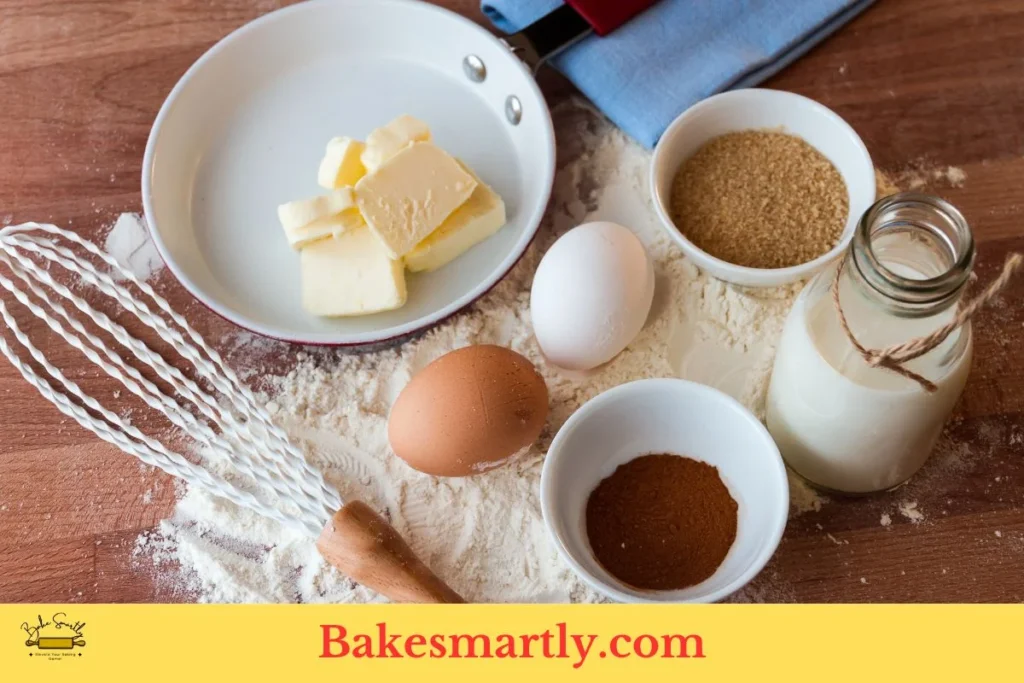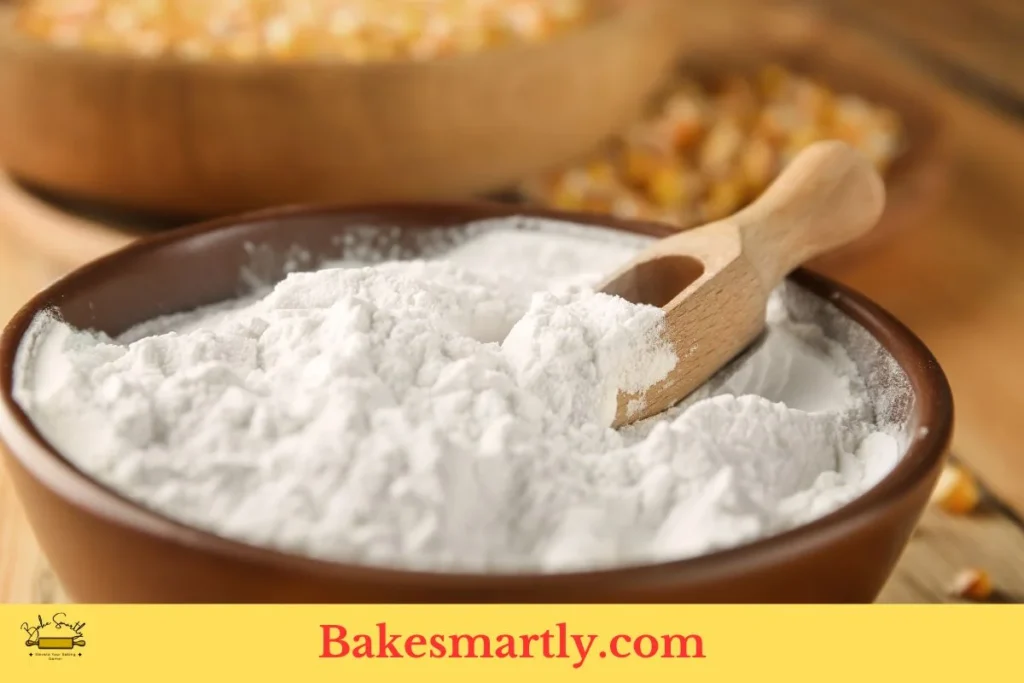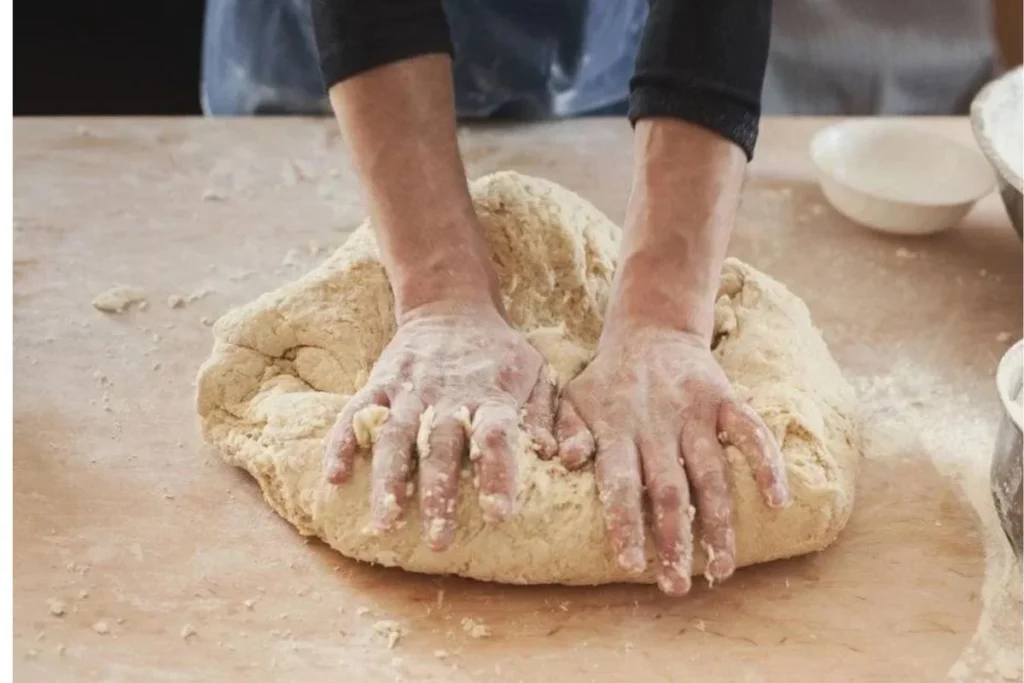
Cheesecake Baking Woes? Here’s How to Fix Runny Batter
When you’re in the midst of preparing a delectable cheesecake, there’s nothing more disheartening than discovering that your batter is too runny.
But fret not! In this guide, we will unravel the secrets to rescuing your cheesecake, ensuring that it comes out of the oven creamy, delicious, and picture-perfect.
Table of Contents
Toggle5 Common Reasons for Runny Cheesecake Batter
There are several common reasons behind this issue, and understanding them is the first step towards rescuing your cheesecake. In this section, we’ll explore the five most prevalent culprits behind runny cheesecake batter.
1. Ingredient Imbalance
The composition of your cheesecake batter is a delicate dance between cream cheese, eggs, sugar, and other flavorings. Any shift in this balance can lead to a runny batter. Here’s how each of these components plays a crucial role:
- Cream Cheese: The backbone of any cheesecake, cream cheese provides the rich, creamy texture. If you don’t use enough, your batter may be too thin. Adding more cream cheese can help thicken it.
- Eggs: Eggs act as the binding agent in cheesecakes. Too few eggs can result in a loose batter. Consider adding an extra egg, one at a time, until you achieve the desired consistency.
- Sugar: Sugar not only sweetens your cheesecake but also plays a role in thickening the mixture. If your batter is slightly runny due to excess liquid, increasing the sugar can help absorb it.
2. Overmixing
Baking is a science, and sometimes the smallest misstep can have significant consequences. Overmixing is a prime example. When you beat your cheesecake batter excessively, it introduces excess air into the mixture, resulting in a lighter and runnier texture. To avoid this, follow these steps:
- Mix Lightly: When combining your ingredients, mix gently and only until they are just incorporated. Overmixing can be tempting, but it’s one of the primary causes of runny batter.
- Use a Spatula: If you typically use an electric mixer, try using a spatula to fold the ingredients together. This manual approach gives you more control and prevents overmixing.

3. Temperature Matters
Temperature plays a pivotal role in baking, and the same applies to cheesecakes. If your ingredients are not at the right temperature, it can significantly affect the batter’s texture. Room temperature is the sweet spot for cream cheese and eggs, typically around 68-72°F (20-22°C). Here’s how to manage temperature-related issues:
- Thermal Adjustment: If your ingredients are too cold, warm them slightly before mixing. On the other hand, if they’re too warm, consider cooling them in the fridge for a short period.
4. Thin Cream Cheese
Not all cream cheeses are created equal. Some brands or varieties may have a thinner consistency, which can directly impact the thickness of your batter. When you’re dealing with thin cream cheese, try this solution:
- Strain It: Line a sieve with a cheesecloth, place the cream cheese in it, and let it drain for a while. This process can help thicken the cream cheese and, consequently, your batter.
5. Imperfections in the Recipe
Sometimes, the runny batter is not your fault; it might be a result of the recipe itself. Recipes can vary in terms of ingredient proportions and instructions. If you’ve followed a recipe to the letter and still encountered runny batter, it’s possible that the recipe isn’t well-balanced. In such cases, you might want to explore other trusted recipes to ensure a better outcome next time.

Importance of Properly Measuring Ingredients
In the world of baking, precision is paramount, and one of the key elements of achieving baking perfection is properly measuring ingredients. Whether you’re baking a cheesecake or any other culinary delight, here’s why measuring matters.
- Consistency: Consistency in baking results is the holy grail. Precise measurements ensure that your recipes turn out the same way every time. If you use too much or too little of an ingredient, it can significantly affect the texture, flavor, and overall quality of your cheesecake.
- Chemical Reactions: Baking is a science, and ingredients react with each other in specific ways. Accurate measurements guarantee that these reactions occur as intended, creating the desired structure and flavor. For instance, too much leavening agent like baking powder can cause your cheesecake to rise excessively, leading to a sunken center.
- Balanced Flavors: Measuring ingredients correctly is also crucial for achieving the perfect balance of flavors. A little too much of one ingredient, especially in recipes that involve delicate flavors like cheesecake, can overpower the rest and result in a less enjoyable dessert.
- Texture and Moisture: Ingredients like flour and liquids play a significant role in determining the texture and moisture level of your cheesecake. Accurate measurements ensure that your cheesecake isn’t too dry or too soggy, but just right.
- Professional Results: If you’ve ever wondered why your homemade cheesecake doesn’t taste quite like the one from the bakery, it’s often because professional bakers meticulously measure their ingredients to achieve consistently outstanding results. By following suit, you can elevate your baking game and enjoy superior cheesecakes.
The Role of Temperature in Preventing Runny Cheesecake Batter
The role of temperature in preventing runny cheesecake batter is paramount to achieving that perfect, creamy texture. Maintaining the right temperature for your ingredients and baking process is a fundamental factor in your cheesecake success.
When it comes to ingredient temperature, using room-temperature ingredients is crucial. Cream cheese, eggs, and sour cream should all be allowed to sit out until they reach that sweet spot of around 68-72°F (20-22°C). This ensures they blend seamlessly, reducing the risk of lumps or an overly runny batter.
Moreover, baking your cheesecake at the correct temperature is equally vital. An oven that’s too hot can cause your cheesecake to puff up too quickly, only to collapse and potentially release excess moisture.
To avoid this, bake your cheesecake at a moderate temperature, typically around 325°F (163°C). This slower and more controlled baking process allows the cheesecake to set gradually without trapping excess moisture.

How to Troubleshoot and Fix Runny Cheesecake Batter
Dealing with runny cheesecake batter can be frustrating, but fear not, as there are several steps you can take to troubleshoot and fix this issue. In this section, we’ll explore common problems related to runny batter and provide solutions to salvage your cheesecake creation.
Identifying the Problem
Before you can fix the issue, it’s crucial to understand why your cheesecake batter turned out runny. Common causes include overmixing, using ingredients at the wrong temperature, and excessive moisture from ingredients like fruits or flavorings. Once you’ve pinpointed the cause, you can take appropriate action.
Solutions to Thicken Cheesecake Batter
- Chill the Batter: If you’ve overmixed the batter or suspect it’s too warm, place it in the refrigerator for about 30 minutes. Chilling the batter allows the fats to solidify, which can help thicken it.
- Add Cornstarch: Sprinkle a tablespoon of cornstarch over the batter and gently fold it in. Cornstarch acts as a thickening agent and can help rectify a runny consistency.
- Incorporate Sour Cream: Gradually fold in sour cream into the batter. The thickness of sour cream can help restore the desired consistency. Start with a small amount, and add more if needed.
Alternative Solutions
If your batter remains runny, you might consider these alternatives:
- Use a Water Bath: A water bath can help regulate the temperature during baking, preventing excessive moisture from causing the batter to become runny. Place your cheesecake pan in a larger pan filled with hot water before baking.
- Adjust Baking Time: Sometimes, the cheesecake needs more time in the oven to solidify. Reduce the oven temperature and extend the baking time, checking for doneness with a toothpick or cake tester.
A Word of Caution
While these solutions can often help fix runny cheesecake batter, it’s important to exercise caution. Don’t overcompensate by adding too much cornstarch or sour cream, as this can affect the flavor and texture of the cheesecake. It’s always best to proceed gradually and test the batter’s consistency along the way.
3 Tips for Achieving the Right Consistency in Cheesecake Batter
Creating the perfect cheesecake begins with getting the batter just right. Achieving that dreamy, creamy consistency is essential for a delectable dessert. Here are three valuable tips to help you master the art of cheesecake batter preparation.
1. Room Temperature Ingredients:
The temperature of your ingredients plays a pivotal role in achieving the desired cheesecake batter consistency. Make sure your cream cheese, eggs, and any other dairy components are at room temperature (around 68-72°F or 20-22°C).
When ingredients are too cold, they can lead to a lumpy and stiff batter. To warm them up quickly, you can microwave the cream cheese for a few seconds or place the eggs in warm water for about 10-15 minutes. This simple step ensures that everything blends seamlessly, resulting in a smooth and creamy batter.
2. The Gentle Mix:
Overmixing is a common mistake when preparing cheesecake batter. It introduces excess air into the mixture, making it lighter and potentially runny. To avoid this, use a gentle hand and minimal mixing.
Blend the ingredients just until they are combined. Consider using a spatula rather than an electric mixer to maintain better control over the process. The goal is to create a smooth batter without overworking it.
3. A Gradual Approach:
When adding ingredients to your cheesecake batter, do it gradually. Begin with the cream cheese, ensuring it’s well softened and without any lumps. Mix it until it’s smooth before adding other components, such as eggs, sugar, and flavorings. This step-by-step approach allows each ingredient to fully integrate into the batter, contributing to the perfect consistency.

Alternative Ingredients to Thicken Cheesecake Batter
Sometimes, the need to thicken cheesecake batter requires creative solutions. If you find yourself without certain ingredients or simply want to experiment, there are alternative options to achieve that perfect cheesecake consistency:
- Gelatin: Unflavored gelatin can be an excellent thickening agent for your cheesecake batter. Dissolve it in a small amount of warm water and then gently fold it into the batter. This helps set the cheesecake as it chills, giving it a firmer texture.
- Greek Yogurt: Greek yogurt is not only a healthy option but can also lend thickness to your batter. It provides a creamy, tangy flavor while helping to stabilize the consistency.
- Cottage Cheese: If you’re in a pinch, cottage cheese can be blended until smooth and then added to your cheesecake batter. It contributes creaminess and helps thicken it as well.
- Cornstarch or Flour: If you don’t have cornstarch on hand, regular all-purpose flour can also be used. A small amount mixed into the batter will help absorb excess moisture and firm it up.
- Nut Butters: Peanut butter or almond butter can add richness and thickness to your cheesecake batter, along with a subtle nutty flavor.
- Oats: Ground oats or oat flour can act as a binding agent, absorbing moisture and providing structure to your cheesecake.
Remember, when using alternative ingredients, the flavor and texture of your cheesecake may vary slightly. While these options can help thicken the batter, it’s crucial to maintain the overall flavor profile you desire.
Baking Techniques to Prevent Runny Cheesecake Batter
Baking techniques play a crucial role in preventing runny cheesecake batter and ensuring your dessert comes out perfect. Here’s a comprehensive look at these techniques:

- Water Bath Method: Using a water bath is a tried-and-true technique to regulate the temperature of your cheesecake while baking. Wrap the springform pan in aluminum foil to make it watertight, then place it in a larger pan filled with hot water. This gentle and even heat distribution helps prevent cracking and maintains the desired consistency of your cheesecake.
- Lower Temperature and Longer Time: Baking your cheesecake at a lower temperature for a more extended period can also prevent a runny consistency. Lower temperatures allow the cheesecake to set gradually, reducing the risk of overcooking or curdling. Start with preheating your oven to 325°F (163°C) and adjust the baking time as needed.
- Use an Oven Thermometer: Ovens can vary in temperature accuracy, so investing in an oven thermometer ensures you’re baking at the right temperature. This small addition can make a significant difference in the outcome of your cheesecake.
- No Peek Rule: Avoid frequently opening the oven door to check on your cheesecake. Sudden temperature fluctuations can cause cracking and disrupt the baking process. Only open the oven door when necessary, preferably after the initial baking period.
- Proper Cooling: After baking, allow your cheesecake to cool in the turned-off oven with the door slightly ajar. Gradual cooling helps prevent sudden temperature changes, which can result in cracks or a runny center.
How to Properly Cool and Set Cheesecake for a Firm Texture
Properly cooling and setting your cheesecake is crucial to achieve that desired firm texture. After baking, allow the cheesecake to sit in the turned-off oven for about an hour with the door ajar. This gradual cooling prevents sudden temperature changes that can cause cracking.
Then, transfer the cheesecake to a wire rack to cool completely at room temperature. Once it reaches room temperature, refrigerate it for at least 4 hours, but overnight is even better. This extended chilling period allows the cheesecake to firm up and develop its full flavor. When you serve it, you’ll be delighted with the perfectly set, creamy texture.
Final Thoughts | Why Your Cheesecake Batter is Runny
In the world of cheesecake baking, achieving that perfect, creamy texture is the ultimate goal. In this guide, we’ve uncovered the secrets to rescuing your cheesecake batter, ensuring it emerges from the oven as a delectable masterpiece.
We’ve explored the common culprits behind runny batter, emphasizing the importance of proper ingredient measurements and maintaining the right temperatures.
With the knowledge of troubleshooting and fixing runny batter, we’ve armed you with practical solutions, including chilling the batter, adding cornstarch, and incorporating sour cream.
We’ve also delved into alternative ingredients for thickening and various baking techniques to prevent runny cheesecake.
To top it off, we’ve stressed the significance of proper cooling and setting for a firm, flawless cheesecake. With these insights in hand, you’re now equipped to create the cheesecake of your dreams, one that’s creamy, delicious, and picture-perfect.
Lindsey Mackenzie
About me
Hi there! I’m Lindsey Mackenzie, the founder of Bake Smartly. Baking has been my passion since childhood, growing up in my father’s bakery. With Bake Smartly, I’m excited to share my love for all things sweet and savory. Join me on this delicious journey as we whip up scrumptious treats and sprinkle joy into every bite!






